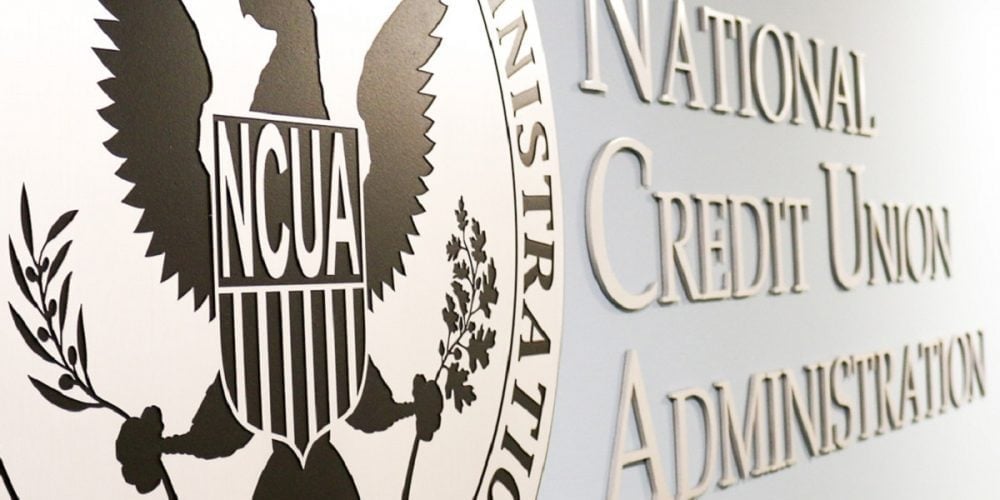The holiday season presents the perfect “laboratory” to teach and apply financial literacy lessons. There are three major “legs” to our holiday-inspired financial education scenario - 1) Budgeting, 2) Saving, and 3) Responsible Borrowing.
Budgeting
Holiday expenses are not a surprise. They’re not like the washing machine breaking down. They’re on the calendar. You can see them coming. You can budget.
Guidewell Financial Solutions, the nonprofit consumer credit counseling providers, suggests starting with a common-sense approach - set spending limits. Make a list, check it twice, and budget for each line in your expense chart. Remember, it’s not just gifts that you splurge on during the holidays. There’s food, entertainment, travel, and giving to charitable organizations. Writing down your holiday budget and tracking actual expenses make it real, the list creates a measurable recording of what we plan to spend against what we actually spend.
To help you get your holiday expenses listed and categorized, The Balance Everyday created this downloadable online holiday budget form that gives holiday spenders a great head start.
Saving
The National Retail Federation estimates that consumers will spend an average of $1,007 during the 2018 holiday season, up 4.1% from last year. For many families that kind of spending demands preparation to avoid going into debt. It requires a savings plan.
Now is a perfect time for credit unions to promote holiday savings clubs; those “direct-deposit-into-a-holiday-lockbox” savings plans that help members prepare for their holiday spending sprees. Add a premium dividend rate and members will benefit two-fold from this seasonal offering. A year from now they’ll have the savings they need and dividend growth as well.
Prefer to go low-tech? Try the “envelope method,” the tried-and-true savings system that’s been working for families for generations. Not familiar? Financial education guru, Dave Ramsey, offers a great review here.
Responsible Borrowing
Retailers of the world love debt. Your debt. You borrow money to buy goods and services and it’s you who’s strapped with the debt load, not the retailer.
CNBC reported shortly after last year’s holiday season that consumers who borrow for holiday expenses racked up an average of more than $1,000 in debt. Make the minimum monthly payment of $25 on that debt and you’ll be paying off 2018 debt through 2024 (assuming an annual percentage rate of 15.9%). And that debt will swell by another $500 in interest over that time.
To help members get a grip on their debt load, many credit unions promote credit card consolidation loans right after the holiday season. When paired with debt counseling, this approach can help members retire their debt faster and begin a savings plan to avoid future debt.
Holidays provide ample opportunity to focus on the benefits of responsible personal finance. Many of these basic principles are being taught through the Millionaire’s Club, a free program available to credit unions who partner with their local high and middle schools to help students become financially independent, starting at a young age.







